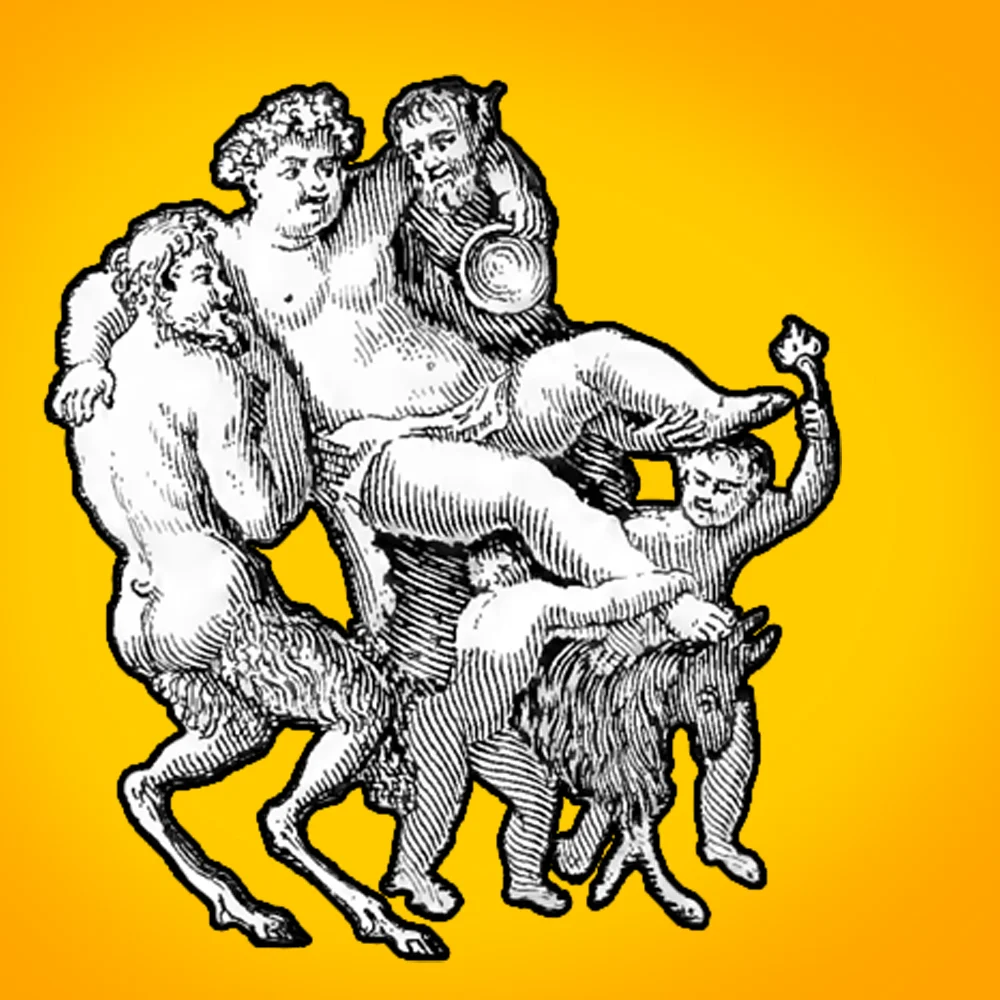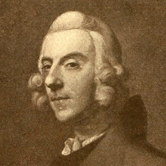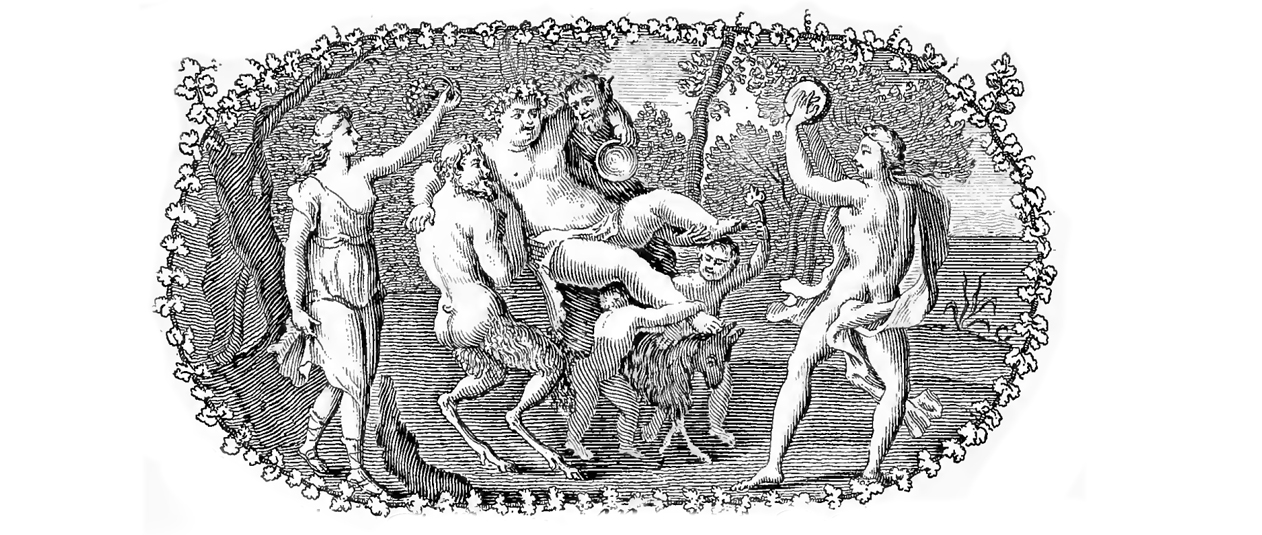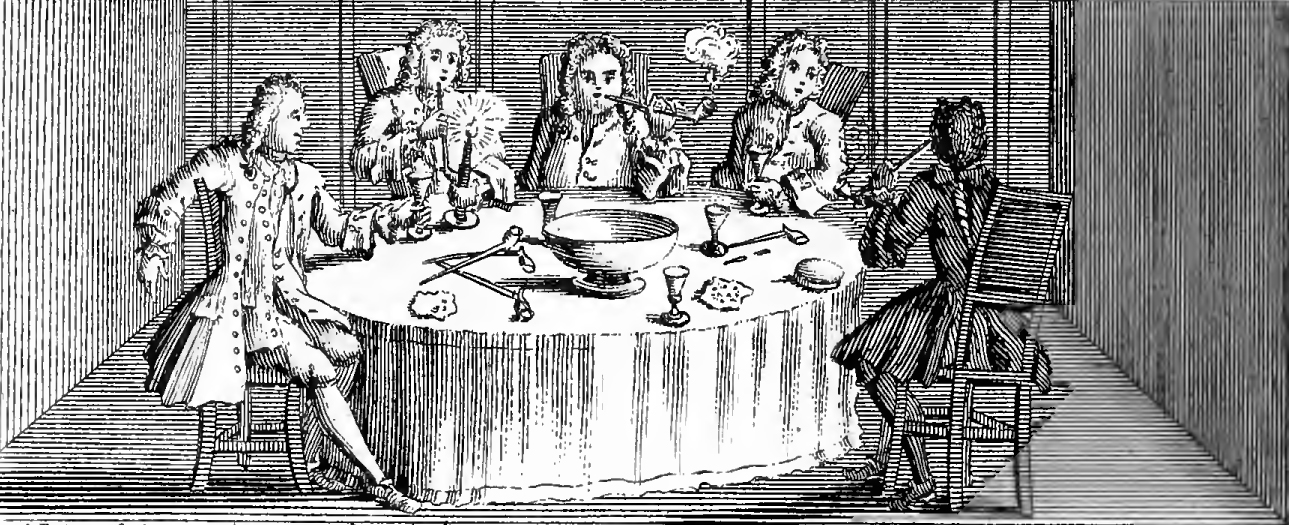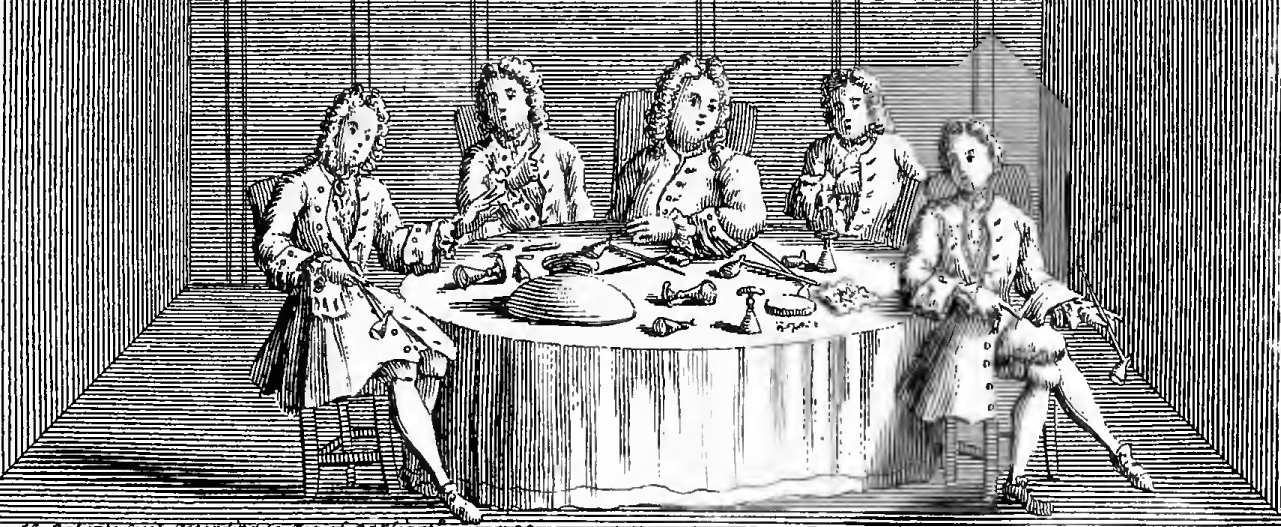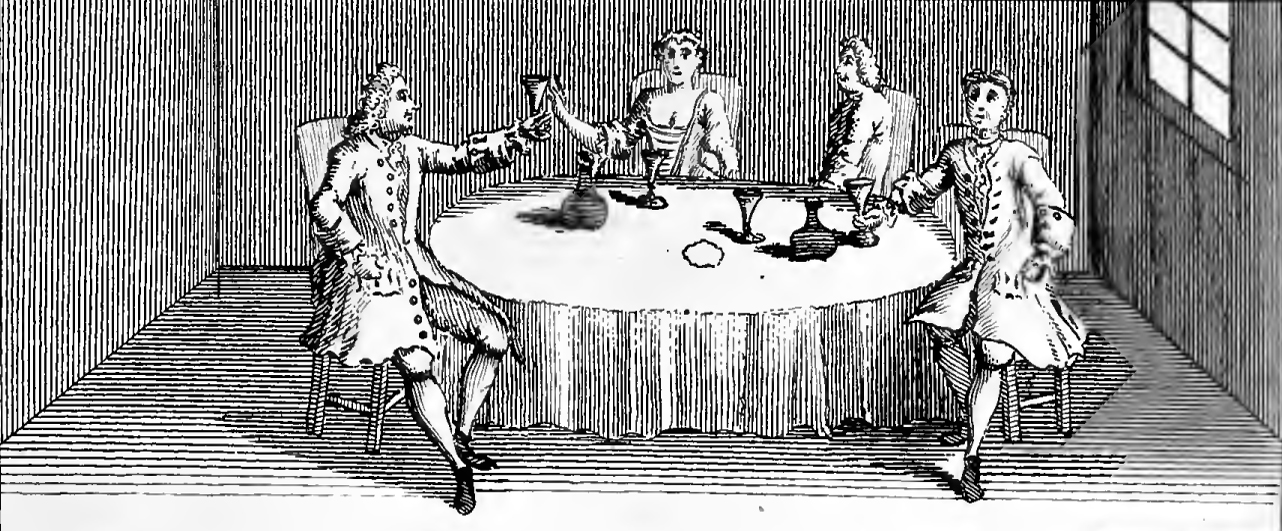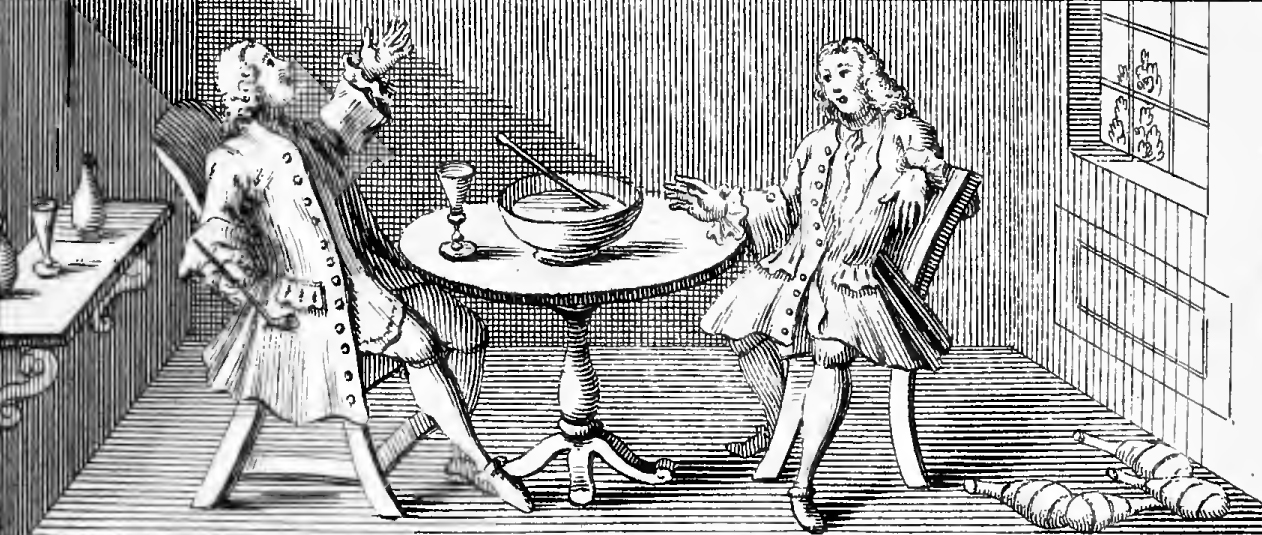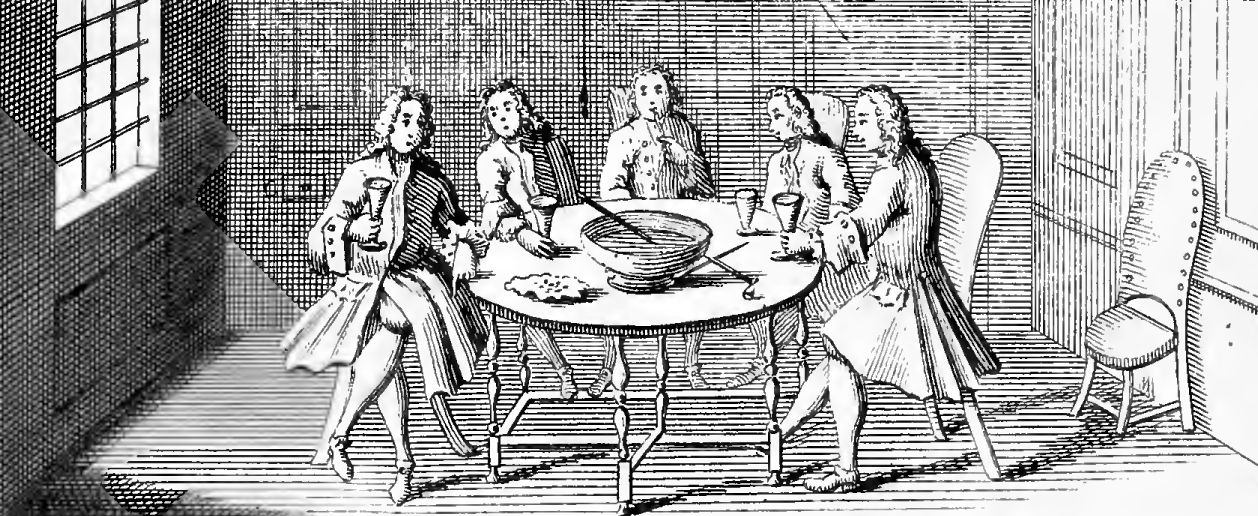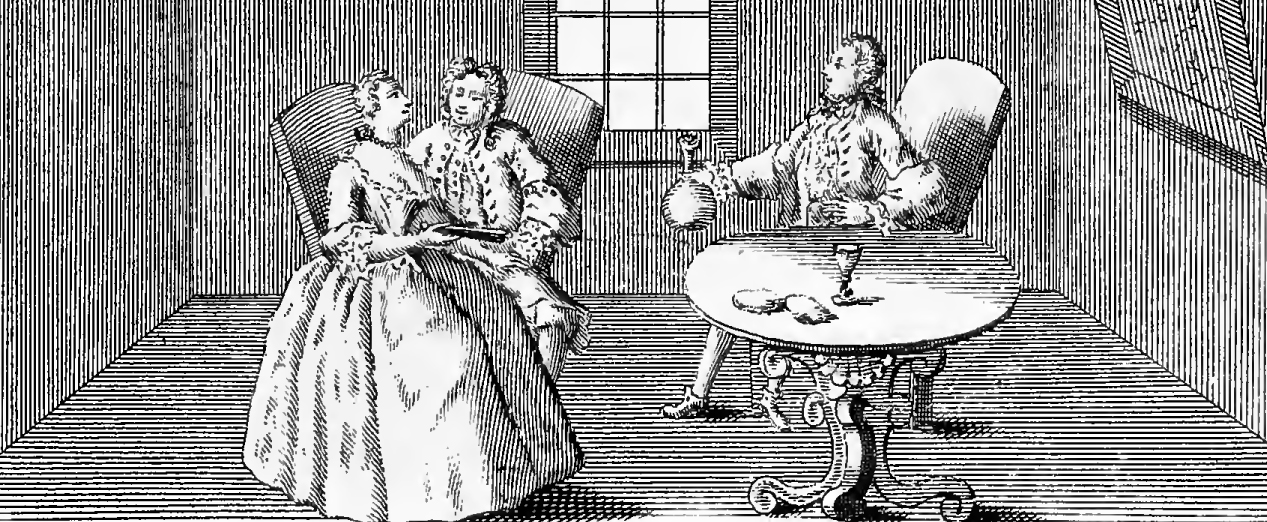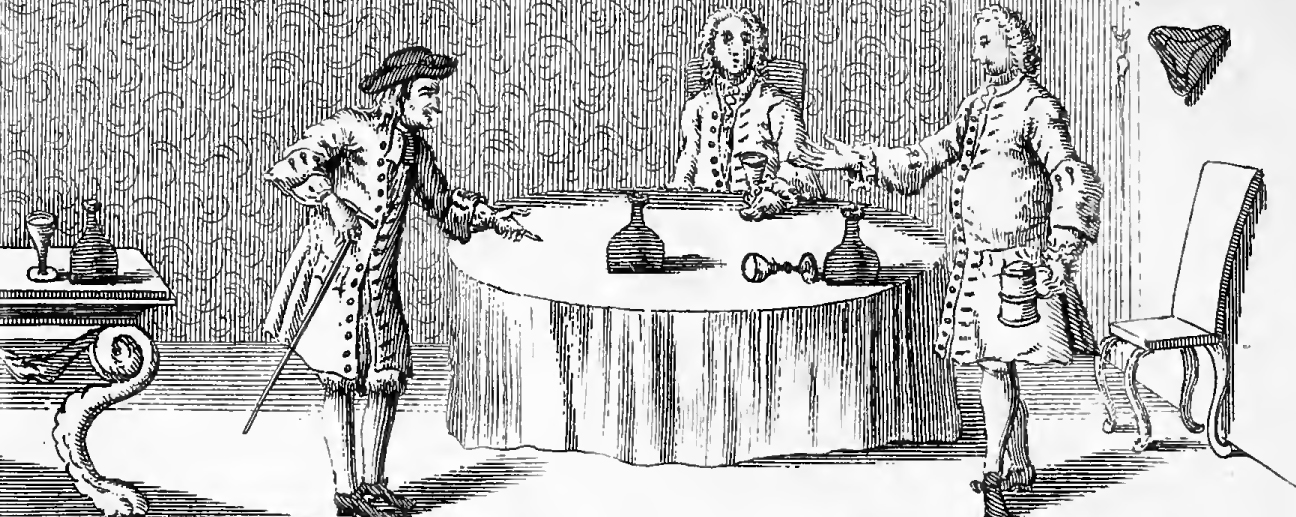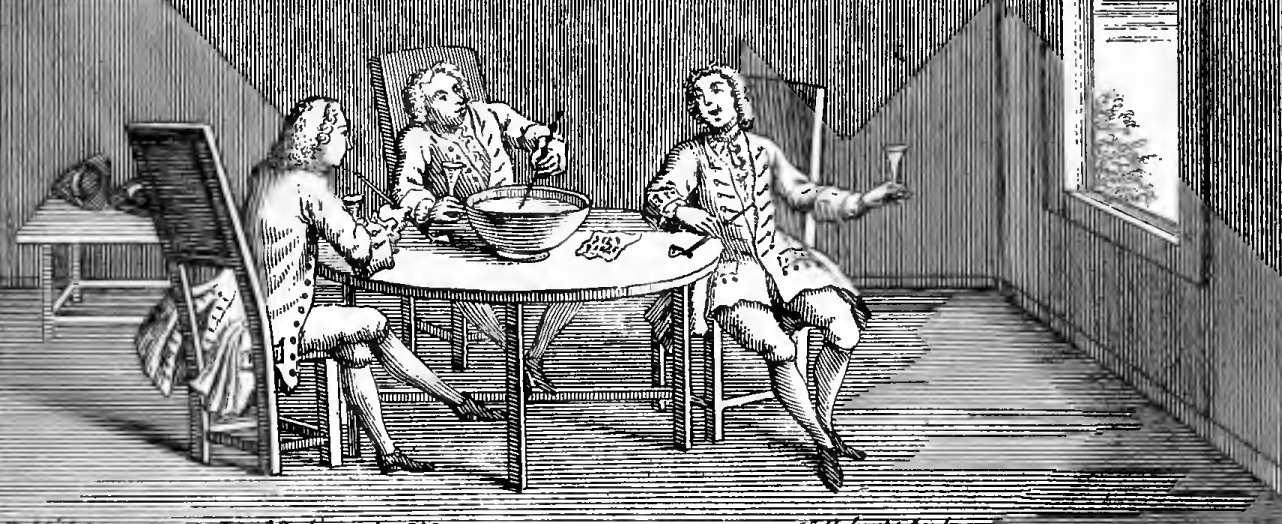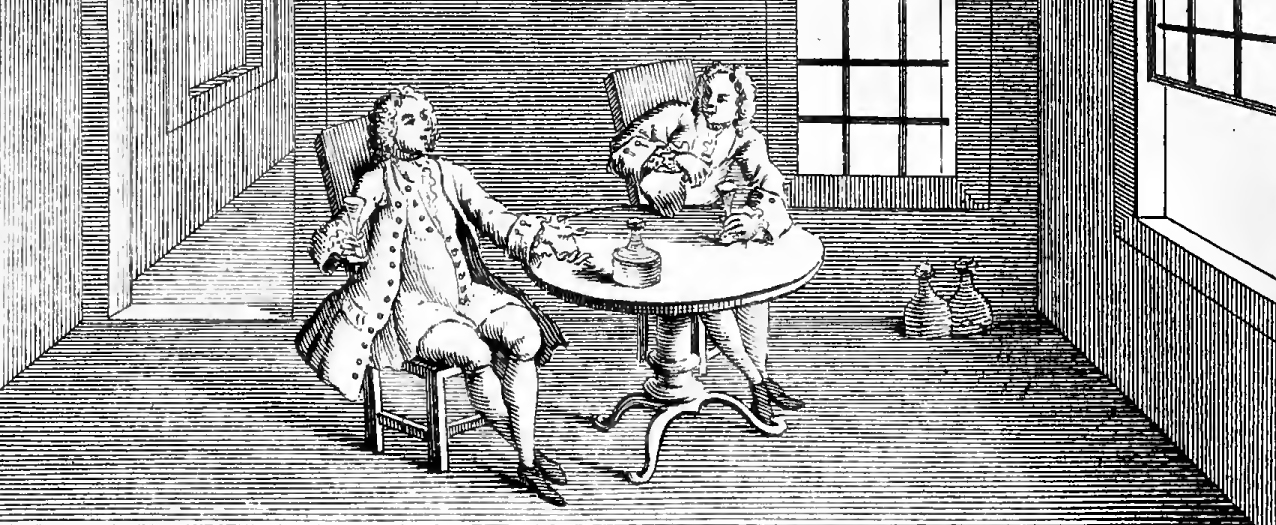Ever wonder what the pop music of mid-18th century Britain was like? Well of course you have. Who hasn't? While not quite as emotionally or intellectually stirring as the music of Porpora or Handel, the songs contained in Calliope, or English Harmony are outstanding examples of the Billboard Top 40 music of the 1700's.
Calliope, or English Harmony : A collection of the most celebrated English and Scots songs neatly engraved and embellished with designs adapted to the subject of each song taken from the compositions of the best masters in the most correct manner with the thorough bass and transpositions for the flute (proper for all teachers scholars and lovers of music printed on a fine paper on each side which renders the undertaking more complete than any thing of the kind ever published.
LONDON, Engraved and sold by Henry Roberts, Engraver and Printseller, at his shop in New Turnstile, over against the Vine Tavern in High Holborn of whom may be had compleat setts or any odd Numbers likwise all sorts of Prints, Maps, Drawing, Books, & c. 1739.
The Songs
Published in 1739 by Henry Roberts in two volumes, Calliope, or English Harmony contains some 200 songs which represent the wide spectrum of musical tastes of the time. The majority of songs found in the collection were composed for the theater and include music found in masques, pastoral comedies, and plays. Curiously, no music from one Britain's most popular show, The Beggar's Opera, made it into the final collection. A few songs are Italian airs, refitted with English text, while others are instrumental works set with text. A great example of the latter is Praise to Bacchus, which is based on the Minuet found in Corelli's Concerto Grosso in C major Op.6 n.10. Scottish tunes also make appearances throughout the collection
A humorous feature of this treasury is the compositional sass. Many British composers and singers were resentful of their more popular Italian contemporaries who were making a comfortable living in London. So, in a glorious act of passive aggressive behavior, they wrote songs bashing their rivals. Senesino and Farinelli, arguably the greatest of the castrati and extremely popular in London, fell victim to their wrath in The Lady’s Lamentation for the Loss of Senesino and Lamentation for the loss of Farinelli. They are also assailed alongside the composers Porpora and Handel in A Dialogue between Punch and Columbine. Adding injury to insult, that last song was set to the aria Scacciata dal suo nido from the opera Rodelinda... written by Handel for Senesino!
The Composers
As a collection, Calliope brought together the music of several British composers, some famous still today and some considered obscure. One easily recognizable name is Henry Purcell. Henry Carey and John Freferick Lampe, who frequently collaborated on stage productions, wrote a large number of songs, though just as prolific was the ever famous Anonymous (not to be confused with Anonymous IV or any other Anonym-i floating around throughout music history). Mr. Monro (organist at St. Peter's Cornhill), Mr. Say, Mr. David Digard (d.1745), and others are also represented throughout the pages.
One famous composer published in the collection, and who gave its publisher some trouble, was Thomas Arne. As a result of publishing several of his works without permission, Mr. Roberts found himself in a spot of trouble with Mr. Arne, who brought what is considered to be one of the earliest violations of musical copyright to the courts. Unfortunately for us, but probably good news for Mr. Roberts, the dispute was settled out of court.
A frequented character throughout most of the songs is Bacchus, the Roman god of the all things alcohol (e.g. the grape harvest, winemaking, wine)... amongst other things. While the composers were assuredly not worshippers of any Roman deities, they frequently made reference to myths from antiquity. Here, Bacchus represents merriment and the pleasures of life (found in booze).
Almost all the songs are strophic, which means they have the same tune with different verses. They would have been performed in homes and taverns amongst friends, rather than in concert halls like we so often do today. While the instrumentation indicated is for thorough bass and flute, in reality, instrumentation in home performances would have been dictated by what instruments were available. For our concert, we use a combination of violin, violone, guitar, voice--and sometimes tin whistle!--to bring out the charming folksy character of these songs. They run the gamut of unabashed merriment to sombre, which when you think about it, is pretty reflective of how alcohol affects everyone a little differently.
The BBE and Calliope
- In 2015, the BBE toured New York City, Boston, and Hartford with a program of music (all about "wine and the bowl") from the British Isles, drawing heavily from this collection. Performances included an appearance on the Boston Early Music Festival Fringe Series at Cathedral of the Holy Cross (Boston), St. Luke in the Fields (New York City), Christ Church Cathedral (Hartford), and the Beat Hotel (Cambridge).
- in 2017, the BBE revisited Calliope as part of its A Gaelic Summer program, which included all drinking songs and dance music of Ireland, England, Scotland, and Wales. Appearances included a three-day bar crawl in Chicago (Red Lion, Martyrs', and Big Bricks); the Church of Beethoven Series (Oak Park, IL); the Music on the Hill series (Barrington, IL); and the Baroque on Beaver Music Festival (Beaver Island, MI).
Something Extra: The Calliope Engravings
One really fun feature of many books from the 17th and 18th century are the artistic engravings. These can be found at the top of almost every page in Calliope. An engraver would incise a design (e.g. a picture) onto a hard, flat surface which would then be dipped in ink and used to imprint the engraved image onto a sheet of paper. You can think of it like a stamp, but a bit more artistic.
The engravings in Calliope—and indeed all of the music printing—was done by Mr. Henry Roberts in London. Each engraving is paired with a song that matches its sentiment. Below are the engravings found on the pages of the drinking songs presented in our BBE Northeast Tour. We hope you enjoy them (and our performance)! Also, for an interesting video on engraving, check out this YouTube video.
